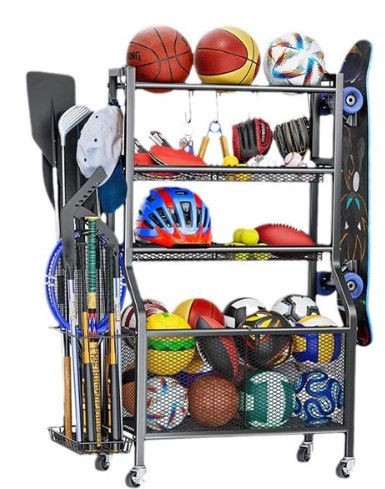Mammal Transitional Epithelium Slide
Transitional epithelium is stratified tissue (2 or more cell layers) found in the ureters and bladder. It is unique due to its ability to stretch and contract. The basal layer of the tissue contains cuboidal (cube-shaped) or columnar (column-shaped) cells. The superficial layer, however, can vary from cuboidal to squamous (flat), depending on how far it is stretched.
This slide shows a section of mammal transitional epithelium from a cat or dog ureter, stained with hematoxylin and eosin. Students can easily view the lumen and superficial and basal layers of the transitional epithelium, plus the lamina propria of the ureter. Use the slide to differentiate between cell shapes, as well as for teaching the location and function of tissue types.
Epithelial tissue covers or lines body surfaces as well as serving to absorb, filtrate, protect, and secrete various substances. The tissue is classified by the number of cell layers it has (simple=1 cell layer, stratified=more than 1 cell layer) and the shape of the cells (squamous=flat, cuboidal=cube-shaped, columnar=column-shaped).



















